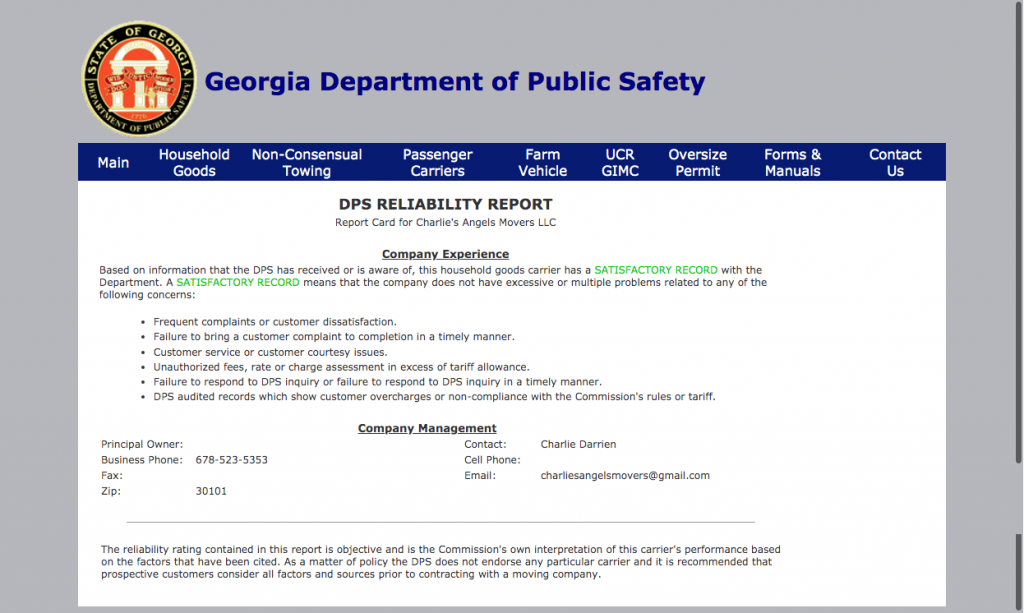Written By Jetsetter Marketing Team | 08.13.25

The True Cost of Flying Private: What You Need to Know
If you’ve ever wondered how much it really costs to fly private, you’re not alone. Private jet pricing can seem confusing at first, but with the right knowledge, you can make informed decisions and get the best value for your trip. At Jetsetter, we specialize in on-demand charter, offering transparency, flexibility, and no long- term financial commitment. Here’s what you need to know.
Common Routes and Ballpark Pricing
Pricing varies by route, aircraft type, and timing, but here are a few examples to give you a general idea:
New York to Los Angeles (One-Way, Super Midsize Jet): $35,000 -$45,000
New York to Miami (One-Way, Midsize Jet): $15,000 – $20,000
San Diego to Las Vegas (Weekend Round Trip, Light Jet): $15,000 – $20,000
These estimates include all fees (crew, fuel, airport costs), but may vary with repositioning and demand.
What Affects Charter Jet Cost?
Aircraft Type: Bigger jets = more cost. Light jets are great for short hops, while super mids and heavies handle coast-to-coast or international trips. Repositioning: If the aircraft has to fly empty to pick you up or return to base after your trip, that adds cost. Crew Rest & Overnights: Multi-day trips may require putting the crew in hotels or rotating staff. Peak vs. Off-Peak: Holidays and weekends tend to be more expensive due to high demand.
Jetsetter vs. Jet Cards
Unlike companies that require you to lock up $250,000 to $1 million in a jet card or fractional ownership, Jetsetter clients pay per trip. We’ve found this builds better relationships — clients trust us because we deliver every time, not because they’re financially committed. “The way we earn loyalty is simple —deliver every time. No long-term buy-ins, just great service and transparency on every flight.” — Mike Howard, CEO of Jetsetter
Getting the Best Value
-Be flexible with dates and airports
-Book in advance when possible
-Use a provider like Jetsetter that offers real-time market sourcing
Whether it’s your first time flying private or you’re a seasoned traveler, Jetsetter gives you direct access to the best aircraft and pricing in the market — no strings attached.
Ready to Fly? Contact us today or visit www.2jetset.com to request a quote.


